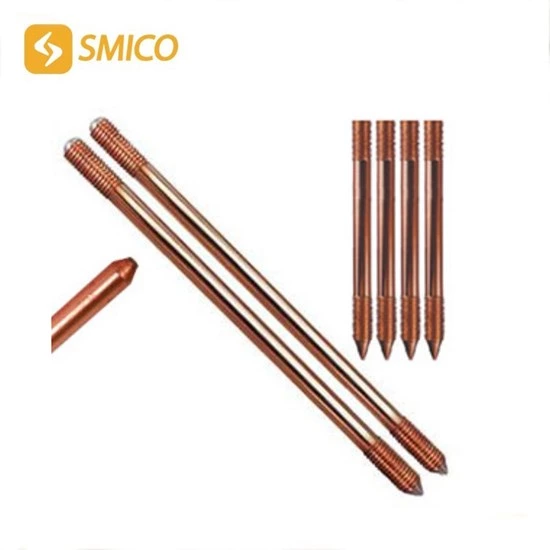Installation Method And Hole Depth Of Copper Clad Grounding Rod
Correct installation of copper bonded earthing rod is a necessary prerequisite for the lightning protection grounding system. Here are a few aspects that need attention:
First, the hole depth of copper bonded ground rods needs to be controlled within a certain range. The deeper the hole depth, the better the grounding effect of earthing rod copper, but it will also increase the difficulty of copper rod for earthing installation. Therefore, the appropriate hole depth should be determined according to the actual situation, generally not more than 2 meters.
Secondly, it is necessary to select appropriate installation tools for installation. The installation of 8ft copper ground rod requires a relatively large impact force, and special equipment such as impact drills and hammers are required during the installation process. During the installation process, it is necessary to maintain the verticality and horizontality of copper bonded rod at the same time.
Finally, ensure that copper rod for earthing price is in close contact with the ground and firmly fixed. 1 2 in x 8 ft copper ground rod should completely fill the hole and be in close contact with the hole wall to ensure good electrical contact. When installing 10 foot copper ground rod, it is necessary to fix and clamp 5 8 by 8 copper clad ground rods after the hole depth is stable, so as to ensure that 5 8 in x 10 ft copper ground rod is stable, firm, earthquake-resistant and corrosion-resistant.
In short, the correct installation of 5 8 in x 8 ft copper ground rod and hole depth are important guarantees for the lightning protection grounding system. When installing 5 8 x 8 copper ground rod, you need to choose appropriate installation tools and methods to control the verticality and horizontality to ensure that bonded rod is in close contact with the ground and firmly fixed.

